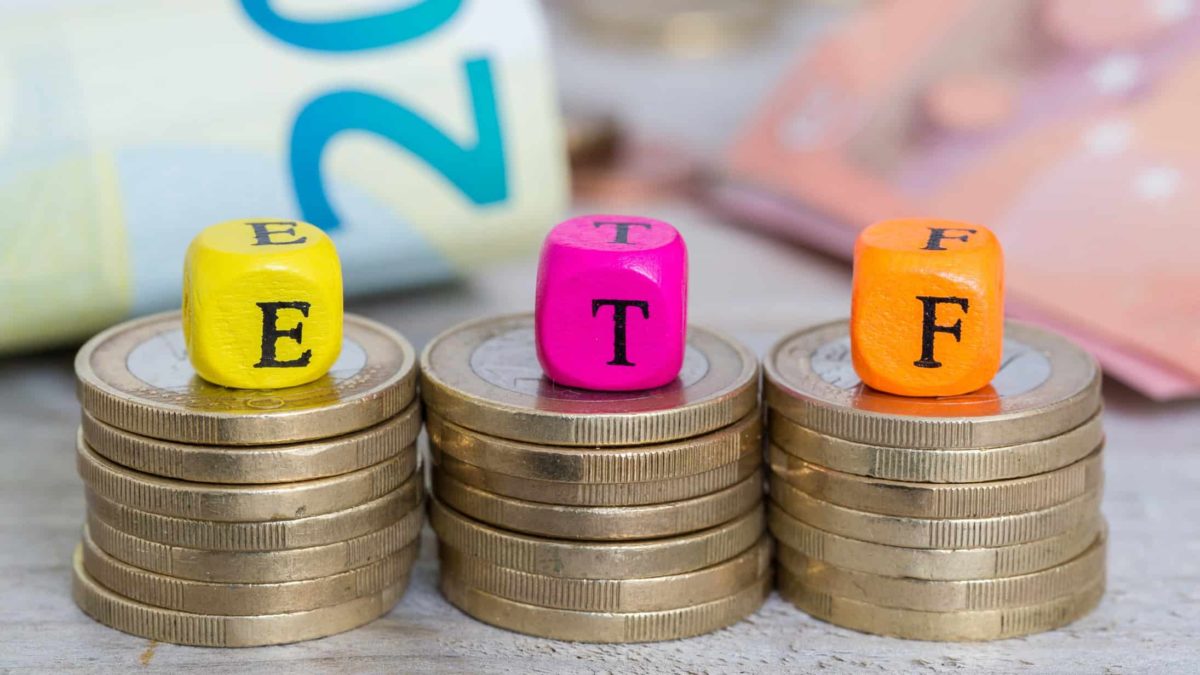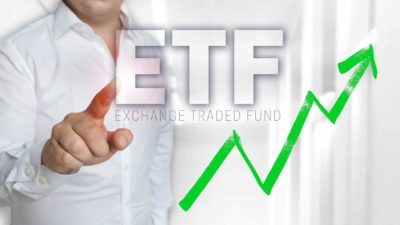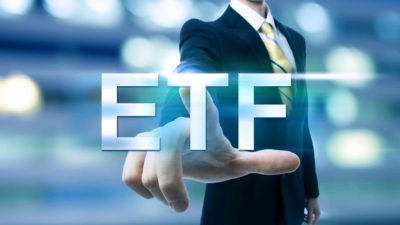Unless you've been living under a proverbial rock in the investing world, you have probably noticed that exchange-traded funds (ETFs) have exploded in popularity over the past decade or so. That also includes dividend ETFs.
Investors seem to love the diversification and simplicity that ETFs offer, all for what is usually a relatively cheap price (at least compared to what we used to pay managed funds).
As it stands today, simple index funds such as the Vanguard Australian Shares Index ETF (ASX: VAS) and the iShares S&P 500 ETF (ASX: IVV) are still the most popular ETFs on the ASX. But dividend ETFs have also been growing in popularity over the past few years.
How do ASX dividend ETFs work?
A dividend ETF works by selecting a basket of ASX shares that fulfil certain requirements when it comes to dividends. These requirements vary from fund to fund. But they generally include criteria such as a significant dividend yield (preferably with full franking credits attached), financial strength and stability, and a mature business generating plenty of cash flow.
Usually, these dividend ETFs hold fewer underlying shares than a full index fund. For example, the VAS and IVV ETFs named above generally hold around 300 and 500 individual companies respectively. But the Vanguard Australian Shares High Yield ETF (ASX: VHY) holds 75 at the latest count. The iShares S&P/ASX Dividend Opportunities ESG Screened ETF (ASX: IHD) has 49 holdings.
Some of the largest holdings in these two ETFs include shares like BHP Group Ltd (ASX: BHP), Commonwealth Bank of Australia (ASX: CBA), Rio Tinto Limited (ASX: RIO) and National Australia Bank Ltd (ASX: NAB).
Here are some of the prominent ASX dividend ETFs available on the markets today:
- Vanguard Australian Shares High Yield ETF (ASX: VHY)
- iShares S&P/ASX Dividend Opportunities ESG Screened ETF (ASX: IHD)
- VanEck Morningstar Australian Moat Income ETF (ASX: DVDY)
- SPDR MSCI Australia Select High Dividend Yield Fund (ASX: SYI)
- BetaShares Australian Dividend Harvester Fund (ASX: HVST)
- Global X S&P/ASX 300 High Dividend ETF (ASX: ZYAU)
- BetaShares S&P 500 Yield Maximiser (ASX: UMAX)
- SPDR S&P Global Dividend Fund (ASX: WDIV)
Generally, these dividend ETFs offer higher dividend yields to ASX investors than what their equivalent index fund might provide. Typically, they also offer quarterly dividend payments (sometimes even monthly).
However, there are some things to watch out for if you go shopping for an ASX dividend ETF.
Things to watch out for when choosing an ASX dividend ETF
Dividend ETFs charge higher fees
If you're looking for the lowest-cost ETFs on the market, it's almost always pure index funds you'll end up with. Dividend ETFs normally charge higher fees for their tailored services. So make sure you compare the fees of an ETF you're looking at to see if they are worth the extra charges you might be asked to pay.
Performance
Although not a universal rule, many dividend ETFs sacrifice overall returns in order to boost the income yield you can expect from your investment. Now some investors who perhaps live off of their dividends might be okay with this.
However, others might not want to pay extra fees in order to get a lower overall return than they might get from an ordinary index fund. Thus, it might be a good idea to look at both short and long-term returns carefully when considering an income-focused fund.
Structure
Not all dividend ETFs are equal. Most out there will hold a basic portfolio of underlying shares in order to generate income. But others, including the BetaShares Australian Dividend Harvester Fund and the BetaShares S&P 500 Yield Maximiser Fund, use more complex derivatives to provide an income boost.
Make sure you understand how these work before investing, as these funds generally charge a higher management fee for this structure. It can also give their portfolios some different performance characteristics that investors should be aware of.









